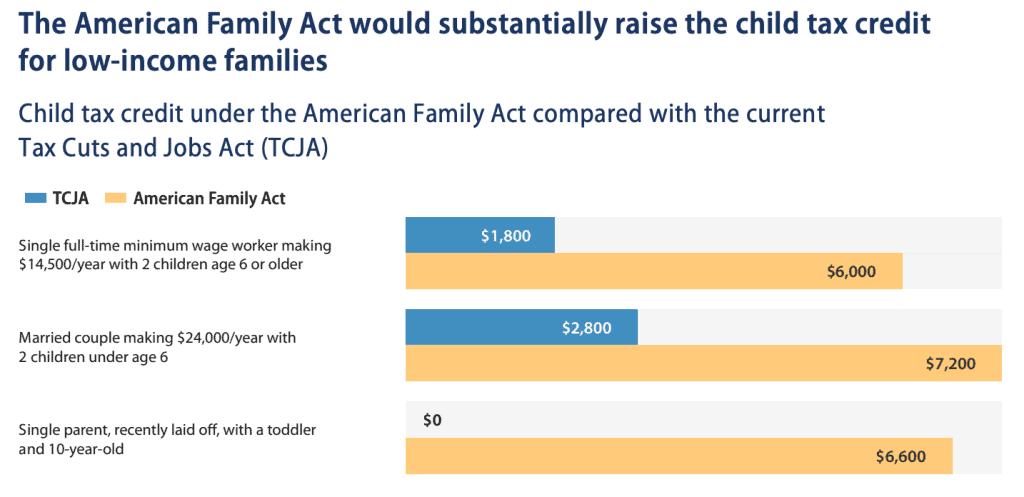Twice a year, in North Carolina, Eastern Cherokee families receive a check in the mail for their share of the profits from the casinos owned by their tribe. The first of these casinos opened in 1995, and since then, researchers have been able to study the effects of the cash infusions on the families, many of whom were previously poor, and compare them to neighboring families who didn’t receive the cash. From an academic and scientific point of view the researchers lucked upon both an experimental group and a control group.
What they’ve found is amazing: The children of the families receiving cash have fewer drug and alcohol problems, fewer mental health issues, fewer arrests and are 15 percent more likely to finish school. Non-Cherokee families living nearby, who don’t receive any cash, are the convenient control group — their environment and situation is pretty much the same, and sure enough, their kids have not experienced similar improvements in outcomes.
Based on the encouraging news from these communities and others, the U.S. is implementing a nationwide system of cash support for low-income parents as part of the stimulus plan that was passed last week.
Under the plan’s new Child Tax Credit, the vast majority of parents will receive up to $3,600 per child each year in what is, in effect, a major expansion of the existing and successful Earned Income Tax Credit. As currently designed, it will last for only a year, though already many in congress have indicated they will seek to make it permanent.
Reducing poverty is cost effective
Studies have shown that a money boost can make a pretty big positive difference in people’s lives — especially when it comes to the future lives of children. A non-partisan think tank called the National Academies of Sciences, Engineering and Medicine estimates that child poverty costs the U.S. $800 billion to $1.1 trillion a year — 4.0 to 5.4 percent of the GDP — in lower adult earnings, worse health and higher crime. It is predicted that the new child allowance in the stimulus plan will reduce child poverty by 45 percent. Clearly, fixing this is important and the economic and health benefits will impact everyone.
Weighed down by negative news?
Our smart, bright, weekly newsletter is the uplift you’ve been looking for.There is more evidence than just in the communities in North Carolina. Canada already has a system that is similar to the one in the new U.S. stimulus plan. It’s a child allowance program called the Canada Child Benefit (CCB), and it reduced poverty there significantly just one year after being initiated.
Launched in 2016, the program provides cash payouts to low- and middle-income families with children. The results have been impressive. Between 2015 and 2017, Canada’s national poverty rate dropped by almost 20 percent, partly due to the CCB. A year after the program began, the number of children living in poverty went down by 18 percent… and after two years, there were 33 percent fewer children living in poverty.
The size of the CCB payment has increased over time — today, the maximum payment is CAD$6,765 (about USD$5,420) per child. By comparison, the payments provided under the U.S. stimulus bill will be USD$3,600 per child under six and $3,000 per child six and older — not quite as much, but it’s a start.

CCB payments are based on your income from the previous year, and are adjusted regionally because the cost of housing and services varies from place to place. The U.S. child benefit, on the other hand, is a flat payment that doesn’t change based on where you live or how much money you make — unless you make more than $75,000 as an individual or $150,000 as a couple, in which case it phases out quickly.
The Canadian province of Alberta showed the most dramatic impact from the CCB. Between 2015 and 2017 the provincial child poverty rate was cut in half…helping Alberta achieve the lowest child poverty rate in Canada. Alberta, home of the tar sands, has the highest median wages in Canada, but also the highest level of inequality. Poverty was costing them CAD$7.1 – 9.5 billion (USD$5.7 – 7.6 billion) a year. The positive impact of this program will be felt by everyone.
These programs, it must be said, work best when there are support systems and opportunities in place. Alberta passed laws increasing the minimum wage, funding early education, ensuring affordable transport and ending predatory lending. When it works, this combination of programs with the extra cash allows folks to escape the vicious cycle of poverty — not just with money, but with the breathing space necessary to escape from poverty entirely.
Will money for kids work in America? It already has
The U.S. has long employed its own tool for fighting child poverty called the Earned Income Tax Credit (EITC). The EITC has been very successful. In 2017 it helped lift three million children out of poverty, and over the course of 50 years it has helped cut child poverty in half.
The ripple effects of this are well documented. A CDC study has shown that this extra cash significantly improves health and education outcomes for these children…which, of course, benefits their entire community and society at large. In the U.S., children in families receiving the EITC did better in school — it’s estimated that with their higher math and science scores they stand to make $40,000 more in lifetime income. A 2007 analysis showed that the EITC added $5 billion to business sales in California alone, and it helped add 30,000 jobs…and not even everyone applied who was eligible!
The EITC works, but it’s fairly limited in scope — it’s only for working-class families, and to be eligible the recipient must have a job. The child benefit in the new stimulus plan, on the other hand, is much closer to what Canada offers: guaranteed regular payments that over 93 percent of children will be eligible for. An analysis by Columbia University estimates that it will reduce U.S. child poverty overall by 45 percent.
It’s not uncommon for folks to decry “handouts” and to claim that cash will just be wasted on lazy people. Putting those moralistic judgements aside, the evidence speaks for itself. Even if one were to be cold blooded and purely focused on self interest, eliminating poverty, especially for children, has been shown to benefit everyone. The economic costs of child poverty are huge, so as these programs reduce that cost, they end up paying for themselves.
Given a significant financial boost folks often figure out how to improve their circumstances and those of their children. If we can put aside our ideologies and focus on what has been proven to work, America’s new child benefit program — and others like it — might be here to stay.









